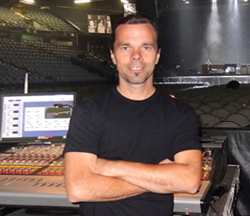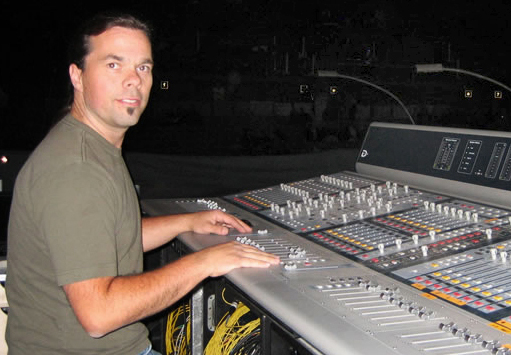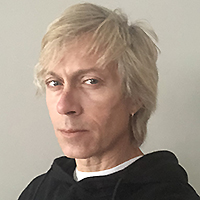One of the primary drivers in Rob Nevalainen’s career as a monitor engineer and in the founding of his Coquitlam, British Columbia-based audio rental house Gearforce is a passion for perfecting both his own skills and the equipment he works with.
“There’s always new technology available and new methods of doing the job, so learning is something you can never stop doing,” he states.
Since he got his start in the Vancouver club scene roughly 25 years ago, the 45-year-old engineer says he’s literally learned something new about his craft every day.
One of the first lessons came long ago when he was playing drums in a band working the club scene in his hometown of Vancouver B.C. “Basically, I realized that we were paying our sound guy about three times what anybody in the band was making, so audio seemed like a good avenue to pursue.”
He began buying gear and renting it to his band at a discount. “The idea was to allow us to use better gear, to keep building on it, and eventually it would pay for itself. But I don’t think it ever did,” he says, laughing.
Still, in setting the system up with the band’s engineer, he learned the craft, and after the band broke up, began working as a house mixer for other local acts and freelancing for Vancouver audio provider Rocky Mountain Sound.
Although he’d cut his teeth as a house mixer, Nevalainen came to find he preferred monitors. “When you’re mixing sound for the band you’ve got a connection with the music that’s different. Mixing monitors, for me, makes me feel more like a part of the show.”
Making Contacts
After developing a solid reputation as a mixer in Canada in the early 1990s, Nevalainen attracted the attention of Stephen Curtis Chapman, then one of the fastest rising stars in the contemporary Christian music scene.
His work with Chapman ultimately led him to relocate to Nashville. “I had three months of shows booked down there and I didn’t want to fly back and forth and thought I’d get a place for the summer, but as soon as I got down there I began making so many contacts I just stayed.”
In time, Chapman moved from playing medium sized venues to selling out multiple nights in arenas throughout the U.S., enabling Nevalainen to indulge his passion for working with emerging audio technology such as Yamaha’s PM4000 console and the early IEM systems that would later inform his decision to start Gearforce.
While relatively few artists used “ears” at the time, Chapman was willing, which allowed Nevalainen to become more intimately involved in the ongoing development of IEM systems. “I was young, very interested in where the technology was going and had endless energy to put towards it, so I started working with Garwood and Sensaphonics.”
Soon he became known as someone who could implement IEM technology successfully and did so with a variety of high-profile artists, including Luis Miguel, taking a wireless rig out on Miguel’s 1995 South American tour that would be considered sizable even by 2012 standards.
After spending roughly six years touring internationally with Chapman, Canadian country star Michelle Wright and other U.S. based artists, Nevalainen returned to Canada in 1998 to work with homegrown superstars The Tragically Hip. It was during that time that Bryan Adams reached out.
While Nevalainen was able to take on a few club dates with Adams, a previous commitment to the Hip tour took him away from his new gig, but only briefly. “They said, ‘As soon as you can make it back, you’re in,’ and I’ve done every show since.”
















